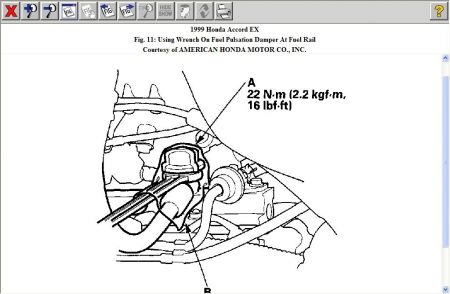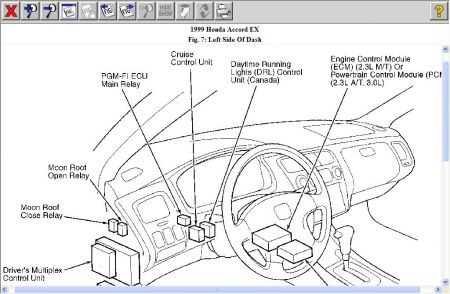Thank you for the donation.
When engine could be cranked but does not fire up, you need to verify if it is fuel or ignition system that is causing the fault.
1. Fuel. Test for fuel pressure at fuel rails by releasing the fuel pulsation damper.
Use a wrench on the fuel pulsation damper (A) at the fuel rail.
Place a rag or shop towel (B) over the fuel pulsation damper.
NOTE: Replace all washers whenever the fuel pulsation damper is loosened or removed.
Slowly loosen the fuel pulsation damper one complete turn.
If pressure is available, fuel would gush out confirming there is pressure.

If pressure is not available, next to it you can see the fuel pressure regulator. Remove the hose and attach another hose with a collection at its end. Turn ignition switch ON. If fuel rushes out, fuel pump is ok and the regulator is faulty. If no fuel rushes out, check the PGM-FI main relay and fuel pump.

2. Ignition. This would be more complex as it involves many components so the first step is to test for sparks at spark plugs. Remove a plug wire and attach a spark plug to its end and ground it to the engine. DO NOT ground it to battery negative terminal, soarking can cause the battery to blow up.
Crank the engine and watch the spark if any, it should be bright blue and if it is dull orange, the ignition coil is weak.
Let me know what you find out.
Was this helpful?
Yes
No
+1
Monday, September 28th, 2020 AT 4:47 PM
(Merged)



